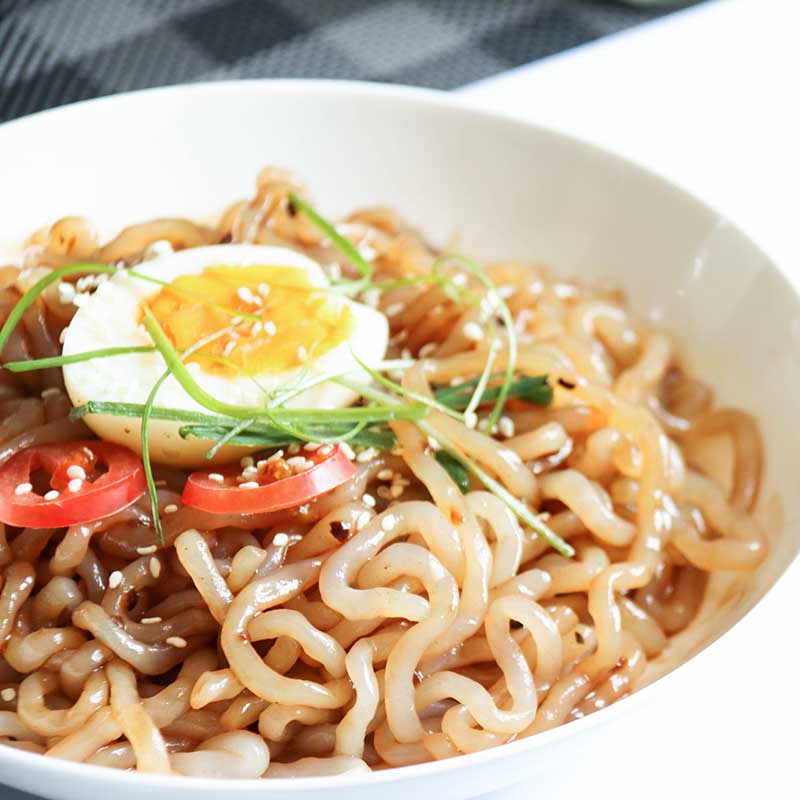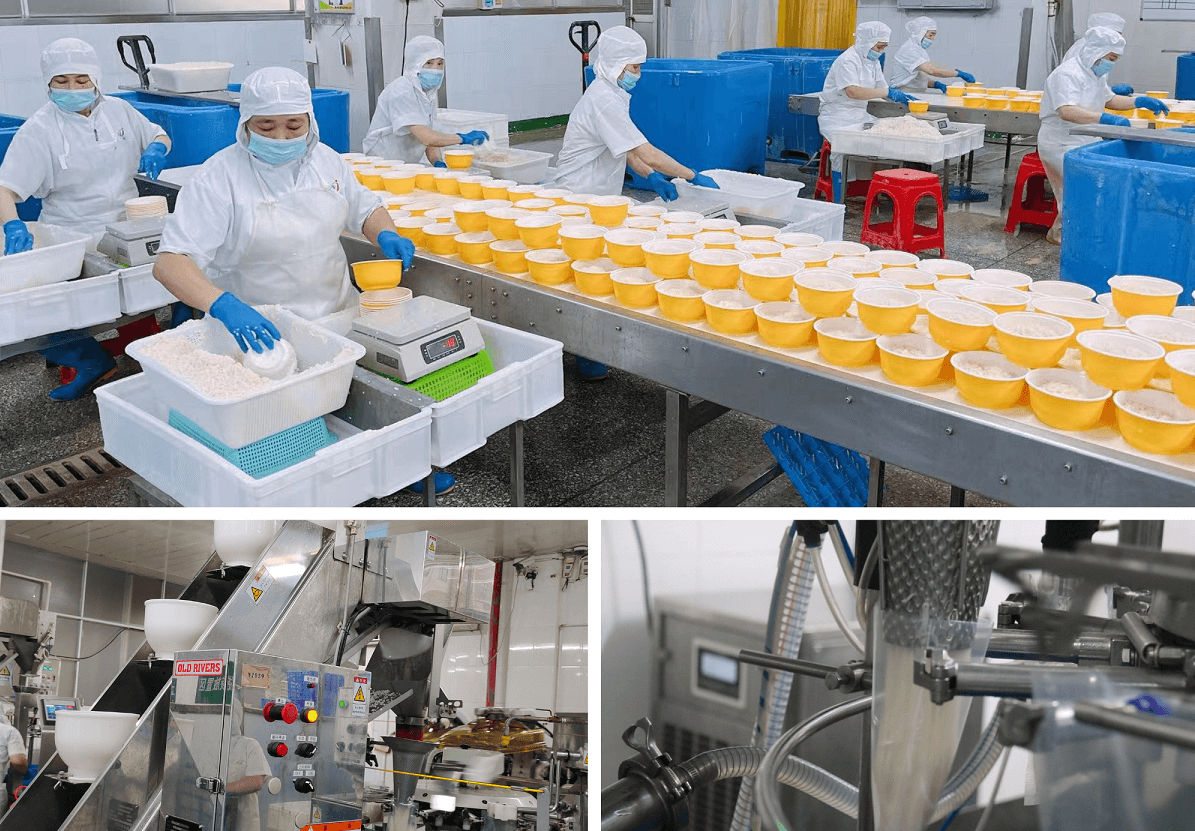Can you provide some suggestions for improving the process of making konjac noodles?
Konjac noodles, also known as shirataki noodles, are a type of noodles made from the roots of the konjac plant (Amorphophallus konjac). Known for its unique texture and low calorie content, konjac noodles are becoming increasingly popular among health-conscious consumers.
As a professional konjac noodles manufacturer, it is necessary to continuously improve the production process to ensure consistent quality and meet customer expectations.

In this article, we’ll look at key suggestions for enhancing the konjac noodles manufacturing process.
1. Quality control: Implementing a strong quality control system is crucial for konjac noodle manufacturers. Regular monitoring of raw materials, production processes and finished products is critical to maintaining consistent quality. Thorough inspection is carried out to ensure that texture, colour, taste and shelf life meet required standards.
2. Raw material selection: The quality of konjac flour is also very important to konjac noodle manufacturers. Work with a reliable supplier to deliver high-quality konjac flour that meets your specifications. Test regularly to ensure there are no impurities or contaminants. Consistency in raw material quality is key to achieving consistently superior products.
3. Water treatment: Water quality plays a vital role in konjac noodles production. Invest in water treatment systems to remove impurities and ensure the water used in the process meets appropriate standards. Clean, purified water contributes to the overall quality and flavor of the noodles.
4. Mixing process: The mixing process is crucial to obtain a uniform konjac dough. Ensure thorough and consistent mixing of konjac powder with water. Consider using appropriate mixing equipment to achieve consistent results. Proper mixing ensures even distribution of konjac flour and improves the overall quality of the noodles.
5. Cooking process: Try different cooking methods to determine the best process for konjac noodles. Boiling, steaming or a combination of both can produce different textures and flavors. Find the right balance to achieve the desired texture while maintaining the flavor and nutritional properties of the noodles.
6. Drying techniques: Explore various drying techniques to achieve the desired texture and extend the shelf life of konjac noodles. Air drying, vacuum drying or freeze drying are common methods to consider. Each technique has its own impact on the final product, so experiment to find what works best for your manufacturing process.
7. Packaging and Storage: Use appropriate packaging materials to maintain the freshness and quality of konjac noodles. Packaging should protect the noodles from moisture, light and oxygen. Additionally, establish appropriate storage conditions, including temperature and humidity control, to maintain the texture and flavor of the noodles throughout their shelf life.
8. Continuous improvement: Regularly evaluate your manufacturing processes and seek feedback from customers and employees. Embrace a culture of continuous improvement to streamline operations, reduce waste and increase efficiency. Implementing suggestions and innovations driven by feedback will help continuously improve your konjac noodle production.

Conclusion
As a professional konjac noodles manufacturer, continuous improvement of production processes is crucial to maintaining product quality and meeting consumer expectations. By focusing on quality control, raw material selection, water treatment, mixing processes, cooking methods, drying techniques, packaging, storage and continuous improvement, manufacturers can enhance their konjac noodles production process. By implementing these recommendations, manufacturers can achieve consistent excellence and provide high-quality konjac noodles to their valued customers.

Find Konjac Noodles Suppliers
Konjac Foods Supplier'S Popular Products
Post time: Oct-26-2023





